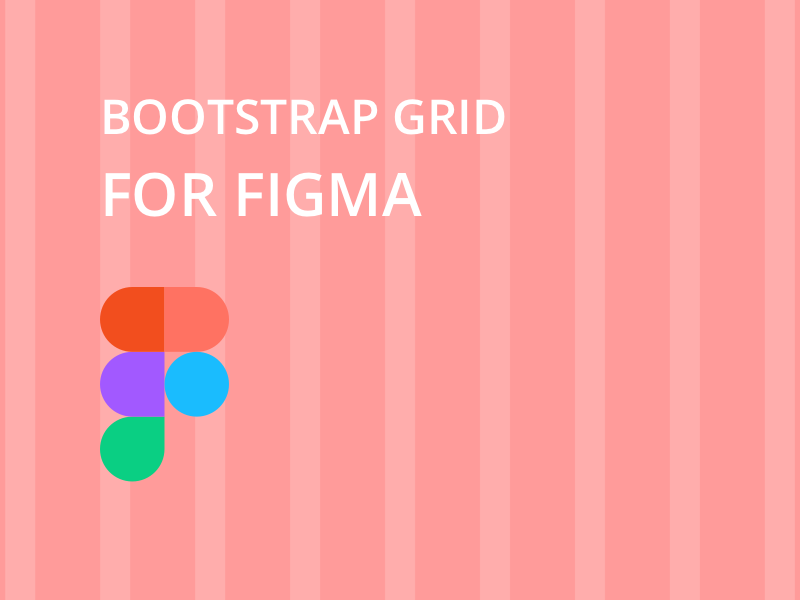

Whenever your viewport reaches 576 pixels or greater, the content will lock into a width of 540 pixels, in the case of this regular container. You saw that in the example, there's a little bit of space around the edges when you use any of the container classes. And essentially what happens is that the regular container class will be a hundred percent of the width of the container minus a little bit of space around the edges. Okay, let's review the container metrics. You could see that we have the call classes three times in here with some text, and that is what displays the elements. The rows essentially prepare the columns for display and the columns would hold the contents. If I created another row, and if I repeated these three items, it would be three items, but it would set up a new Grid. So the row is what allows these three elements to appear. Going to take a look at what I've done here, which is just create three columns, and to do that, I created a div with a class of container that makes it align to the main Grid system. There's a lot of different options to these different parts, but this is the sort of most minimal Grid that you can create. And inside those rows, you create additional columns. You would create a div with a class of container and inside that you would create one or more rows. Now there's also classes that relate to both Flexbox and Grid, and you can combine these classes with the Grid classes, but Grid is the main layout structure. Now each one of those classes will allow you to set up the Grid system. In addition to that, there are also two classes called rows, as well as columns.

We discussed the container class at the top of this course. The Grid system has three main components. The breakpoints of responsive grid follow BootStrap 4 media queries rules (not including occasionally part).- Bootstrap's Grid is designed around a responsive 12 column system implemented through Flexbox. You can modify the breakpoints values using by modifying screen with theme customization (since 5.1.0, sandbox demo). Screen ≥ 1600px, could be a span value or an object containing above props Screen ≥ 1200px, could be a span value or an object containing above props Screen ≥ 992px, could be a span value or an object containing above props Screen ≥ 768px, could be a span value or an object containing above props Screen ≥ 576px, could be a span value or an object containing above props Screen < 576px and also default setting, could be a span value or an object containing above props Raster number of cells to occupy, 0 corresponds to display: none The number of cells that raster is moved to the right The number of cells that raster is moved to the left The number of cells to offset Col from the left Layout uses a 24 grid layout to define the width of each "box", but does not rigidly adhere to the grid layout. You can also define the order of elements by using order. The Grid system also supports vertical alignment - top aligned, vertically centered, bottom-aligned. Our grid systems base on Flex layout to allow the elements within the parent to be aligned horizontally - left, center, right, wide arrangement, and decentralized arrangement. If the sum of col spans in a row are more than 24, then the overflowing col as a whole will start a new line arrangement.For example, three columns of equal width can be created by. The column grid system is a value of 1-24 to represent its range spans.Your content elements should be placed directly in the col, and only col should be placed directly in row.Establish a set of column in the horizontal space defined by row (abbreviated col).In the grid system, we define the frame outside the information area based on row and column, to ensure that every area can have stable arrangement.įollowing is a brief look at how it works: To ensure a high level of visual comfort, we customize the typography inside of the box based on the box unit. Boxes are proportional to the entire screen as shown in the picture above. We suggest four boxes for horizontal arrangement at most, one at least. In most business situations, Ant Design needs to solve a lot of information storage problems within the design area, so based on 12 Grids System, we divided the design area into 24 sections.


 0 kommentar(er)
0 kommentar(er)
